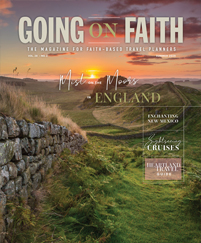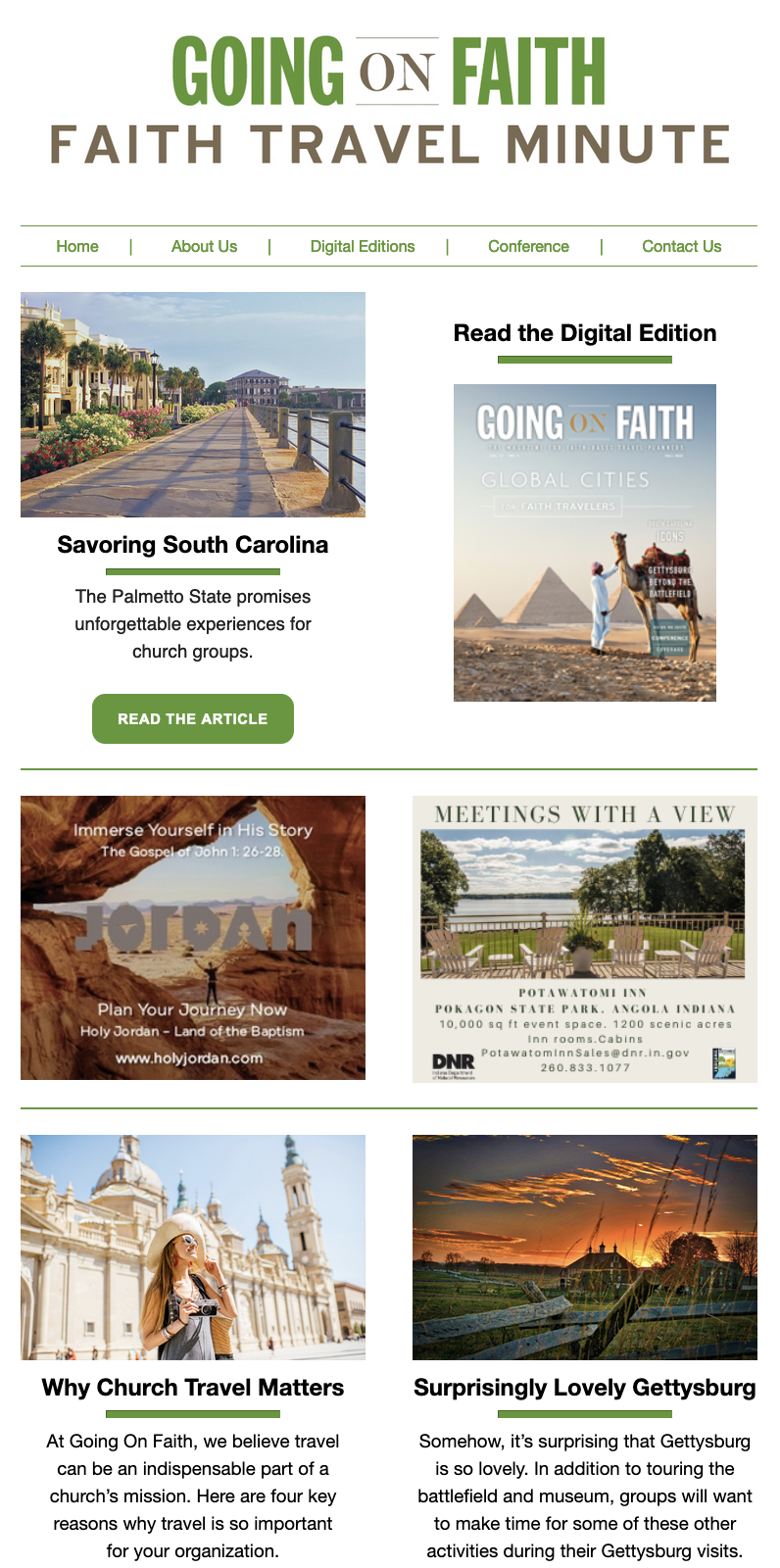Harvard Art Museums
[ Cambridge, Massachusetts ]
To achieve two sweeping goals — unite a global collection covering thousands of years under one roof and make a historically inaccessible collection open to the public — Harvard University brought in internationally renowned architect Renzo Piano to restore and rebuild a landmark building.
The Harvard Art Museums date back to 1895, when the original Fogg Museum of Art opened in the main College Yard, and the collections have spent the last nearly 120 years moving around the university as they’ve grown. With the sweeping renovation of the 1927 iteration of the Fogg Museum and the relocation of the university’s other collections, the new Harvard Art Museums will finally house the entire collection in one integrated space.
“Previously, we’ve probably always had around less than 1 percent of the collection on view,” said Daron Manoogian, director of communications. “We have about 250,000 objects in the collection, and historically, we’ve centered very much on faculty and not done public outreach.”
Beyond expanding exhibition space to cover five floors and 200,000 square feet, the very structure of the renovated building encourages the public to treat the museums as a vivid part of the neighborhood.
“Previously, when you came in from the historic entrance, you would walk into a courtyard, but it was a dead end; and on the opposite side, there was a special exhibition gallery and two small gift shops,” said Manoogian.
In the new structure, the courtyard lies at the center of two public entrances, so people can flow through the space and visit the cafe or shops without necessarily visiting the museums.
When the museums open in November, students will be trained as docents to lead groups of 15 to 20 visitors per docent.
Aspen Art Museum
[ Aspen, Colorado ]
Designed by Japanese architect Shigeru Ban to provide a new type of museum experience, the new Aspen Art Museum is poised to change the landscape of downtown Aspen both literally and figuratively.
“Shigeru Ban designed the museum in a certain way because with an art gallery, you’re dealing with an active-looking scenario and he wanted the interstitial spaces to act as palate cleansers to help situate you in your environment,” said Jeff Murcko, communications director.
Going from two galleries to six and around 2,500 square feet to 12,500, the museum will be able to show more artists’ work and host larger installations than ever before. But one of the biggest advantages of the new space is the downtown location.
“Even though our museum is free, being outside downtown has always been a challenge for us,” said Murcko.
For the opening festivities, which stretch for a week of special members events, previews and programming before the official grand opening on August 9, the museum will remain open for a 24-hour marathon.
Lunch in the new rooftop cafe, surrounded by sweeping views of Aspen and occasional rooftop installations, is one of the perks of a visit to the museum. The city of Aspen highly regulates downtown traffic to ensure there is no congestion creating unnecessary air pollution, so for groups arriving at the new museum by bus, the museum provides a drop-off spot and an off-site parking recommendation.










